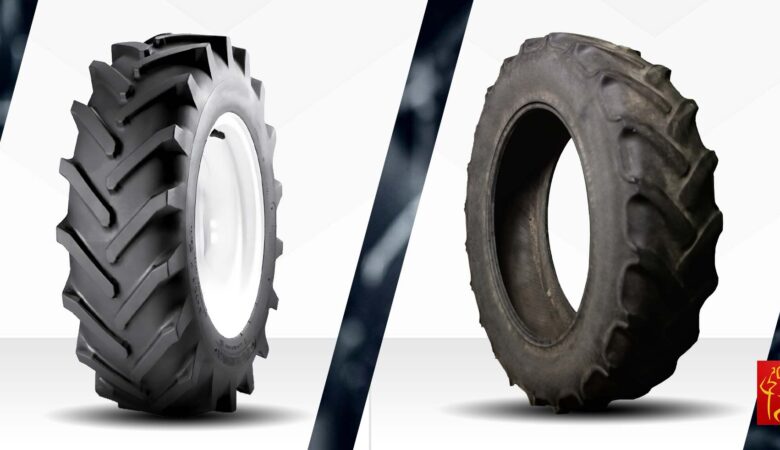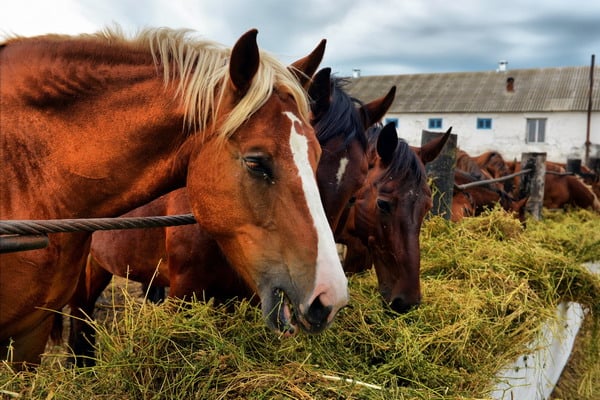Imagine being a hay farmer trying to survive under drought conditions. When there’s ample rain, farmers can get at least two cuttings per year and sometimes three. Then their biggest concern is making sure moisture content isn’t too high. But under drought conditions, moisture content is the least of their concerns.
A farmer who buys one of our moisture testers uses it to make sure stored hay does not get too moist or too dry. Moisture content is important to the quality of the hay and, subsequently, the satisfaction of the customer who buys it. But under drought conditions, everything changes. If farmers don’t get enough rain, they can’t even grow a decent crop to begin with.
That appears to be the case in Southwest Colorado this spring. The late winter and spring have been so dry that some farmers have already decided to do just one cutting this year. Some vegetable producers are only working an eighth of their land while cattle producers are reducing the size of their herds for lack of water. It is not a good situation.

Two Ways Around Drought
Drought is nothing new in agriculture. Indeed, some of the longest running family operations in the country have made a practice of planning for drought for hundreds of years. So what can they do, exactly? There are a couple of possibilities, beginning with field irrigation.
Irrigating fields is one way to get around mild to moderate drought conditions. It doesn’t necessarily need to rain as long as the irrigation system is working. But even this method has it downsides. For instance, what do you do after several years of persistent drought leading to water rationing?
Another option is to rotate fields. Field rotation used to be a common practice in the days before large-scale, commercial agriculture. Today though, not a lot of farmers practice it. They really should.
Consider the case of Montana farmer Ray Bannister who operates a 250-head ranch near the town of Wibaux. He began rotating his fields more than 20 years ago and has never had a problem producing hay – even under drought conditions. Bannister explains that allowing a field to rest for one year produces of bountiful crop the next. So that’s what he does.
His hay fields are rested every other year. As for the grazing field, he allows the cattle to severely graze before letting the field rest for 23 months. Bannister says that in the decades he’s been practicing field rotation, he’s never had a problem growing hay or having adequate grazing fields.
When the Hay Does Grow
The farmers in Southwest Colorado will hopefully get at least one hay cutting this year. And when that cutting comes, they will still have to pay attention to moisture content. This year, the biggest challenge will be making sure hay doesn’t dry out. That’s where one of our moisture testers comes into play.
A hay moisture tester consists of an electrified rod and a meter. You insert the rod into a bale of hay and turn the power on. The rod sends electrical current through the hay and receives it on its return. Moisture levels are measured based on the level of resistance to that current.
For the record, we also carry a variety of grain testers. Regardless of whether you are farming hay or corn, you know how critical moisture content is to the finished product. Don’t leave your crop to chance by guessing on its moisture level. Invest in a new moisture tester and know for sure what you’re dealing with.










